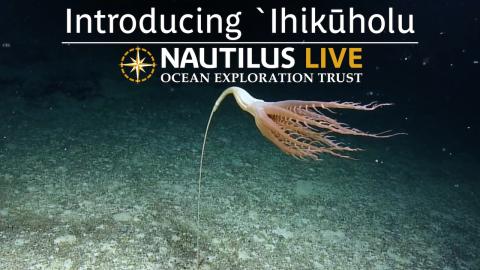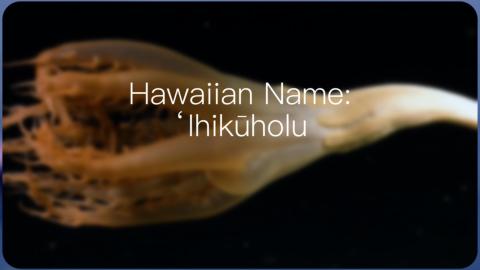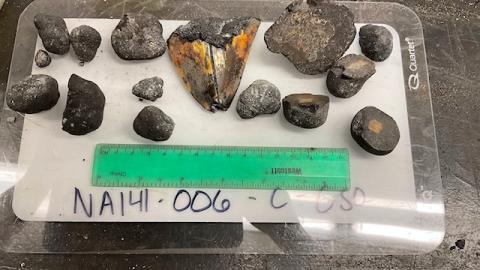Connecting Ocean Exploration to Conservation in the Central Pacific
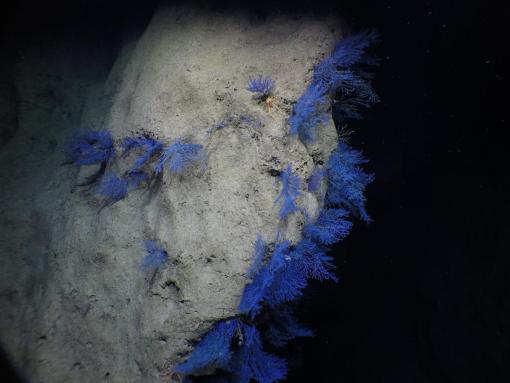
In our expedition to Johnston Atoll, we are exploring the deep-sea biodiversity of this incredible region that plays a vital role in the Pacific Remote Islands Marine National Monument (PRIMNM). Building on data from previous Nautilus mapping expeditions, Schmidt Ocean Instituteʻs R/V Falkor, and NOAAʻs CAPSTONE campaign, E/V Nautilus and our team are targeting ROV dives along ridge features to expand our understanding of prime deep-sea coral and sponge habitat. While conducting surveys of the density and diversity of benthic habitats, we will also be acquiring physical and chemical data supporting PRIMNM’s conservation goals, as well as rock samples for geological analysis on the history and formation of this region.
Located in the central Pacific Ocean, between the Hawaiian Islands, the Line Islands, and the nation of Kiribati, Johnston Atoll is considered one of the most remote in the world. Johnston is one unit of PRIMNM are is cooperatively managed by the National Oceanic and Atmospheric Administration (NOAA) Fisheries and the U.S. Fish and Wildlife Service (USFWS). The Department of Defense previously managed Johnston Atoll, but efforts are underway to transfer management completely to USFWS with a focus on conservation. Information gathered by the Nautilus team on this expedition will help guide those conservation efforts for habitats in deep water beyond the atoll edges.
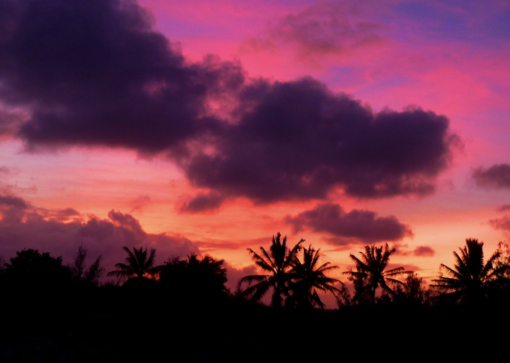
The unique location of Johnston Atoll will hopefully answer many questions about the patterns of geology and biology of the Central Pacific. Questions remain about how genetic information flows from the southeastern islands to the northwestern ones or if it’s the other way around. There is heavy human pressure on the marine habitats in the southeastern islands, but continuous sampling by expeditions like ours is necessary to better understand the archipelago’s geological formation and interconnected ecosystems. Evidence from shallow water species shows Johnston acts as the “stepping stone” for larval transfer to Hawaiʻi based on speciation patterns coming from its direction. Understanding these patterns supports additional protection for the atoll region because of its biological and ecological connection to Hawaiʻi and other protected areas like the Papahānaumokuākea Marine National Monument.
Ocean exploration, specifically that done by Ocean Exploration Trust and E/V Nautilus, is critical in understanding Johnston Atoll and informing decisions about its future management and conservation.
“You can’t protect what you don’t know,” said Malia Chow, Habitat Conservation Division branch chief, NOAA Fisheries Pacific Islands Region. This is why NOAA Ocean Exploration supports our joint mission to characterize this region of the US Exclusive Economic Zone and record geological and biological findings.
Seamounts hold rich biodiversity assemblages likely to attract pelagic fish and other wildlife. Understanding the migration movements of these species and how the animals use the region’s geological features is key to characterizing the ecological importance of Johnston Atoll. Additionally, as the region lies within U.S. jurisdiction, NOAA is interested in learning more about the geologic history of the region including the formation of ferro-manganese crusts, which are being targetted by mining exploration in the region. Although no exploitation of the seafloor is allowed within the Monument itself, this research will help us understand this area within future patterns of resource use across the Pacific.
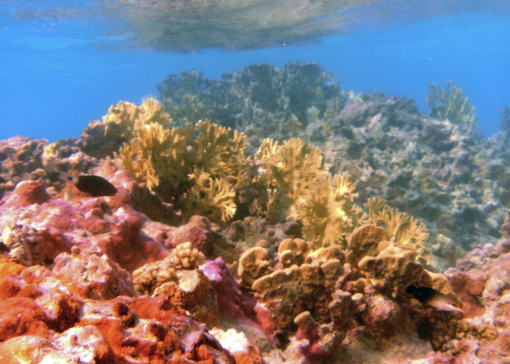
Exploration efforts like ours find new things every time we dive. These discoveries are important because they engage people’s minds and educate citizens about the importance of this unique region. Managers of PRIMNM are keen to share what’s beneath the surface of the Pacific with the public so we can all learn and appreciate all that is being protected and conserved within the Monument.
In 2014, President Obama expanded the protected area around Johnston Atoll to encompass the entire 200 nautical mile perimeter of the exclusive economic zone (EEZ), expanding protection over many unexplored seafloor features. In the same act, protection was also expanded around Wake and Jarvis Islands. Recently, a coalition of community and NGO-stakeholders launched a campaign calling for the expansion of protection and cultural involvement in management of PRIMNM. On June 8, 2022 (World Oceans Day), the Governor of Hawaii announced his support for a proposed expansion of the Monument that would make it the largest Marine Protected Area (MPA) in the world.
This expedition to explore the waters near Johnston Atoll is critical to better understanding what communities thrive here, upon what types of formation foundations, and how and why we all should be working to protect these open ocean places. You can join us in real-time on our dives by following our livestream on www.NautilusLive.org.
This expedition is funded by NOAA Ocean Exploration via the Ocean Exploration Cooperative Institute.
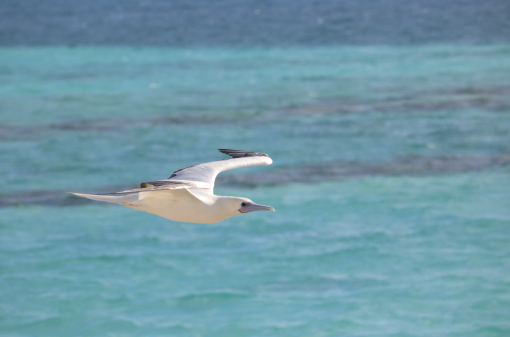
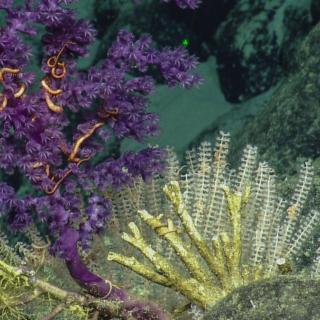
Deep Sea Biodiversity & Ancient Volcanoes near Johnston Atoll
Johnston Atoll, one of the most isolated atolls in the world, is located in the central Pacific Ocean, between the Hawaiian Islands, the Line Islands, and the nation of Kiribati. Around this atoll, the Pacific Remote Island Marine National Monument (PRIMNM) was expanded in 2014 to protect the full 200 nautical mile perimeter of the exclusive economic zone (EEZ) encompassing many unexplored seafloor features.
